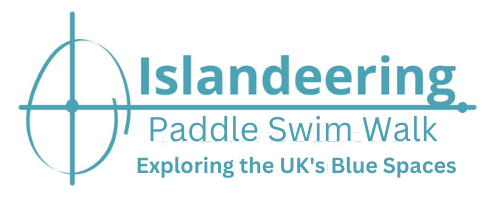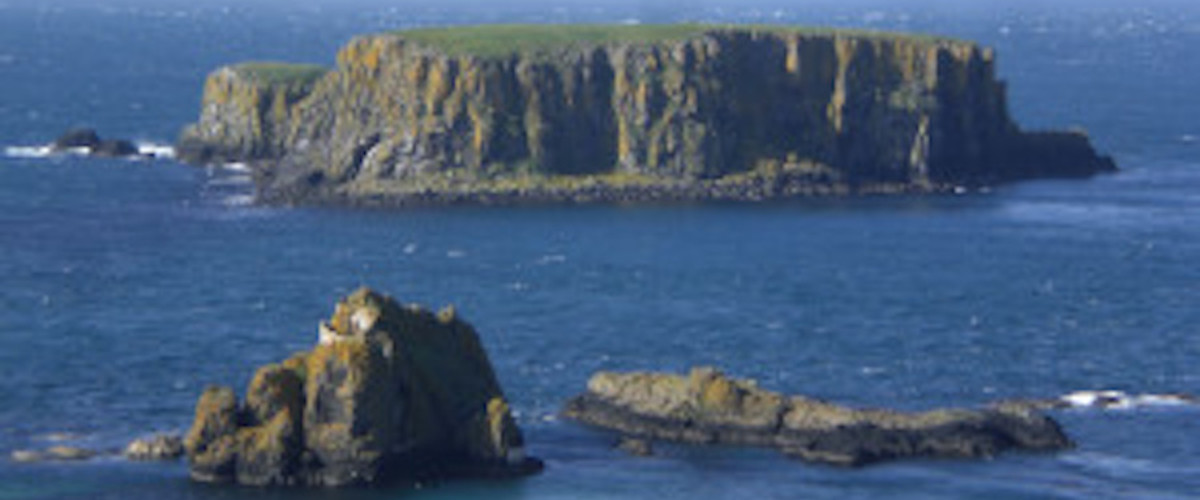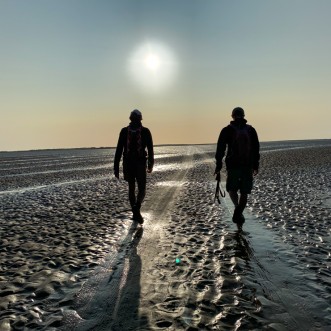Many of the islands in this blog are accessed via causeways, bridges or beaches that are only available at low tide. To do this safely you’ll need to be able to competently read tide timetables.
Tide timetables are available on the BBC Weather Tide Tables site – click here.
Most tide tables predict high and low water for the next seven days only.
You’ll need to go through the following steps to determine the safe crossing times:
- On the BBC site select the region and then the point closest to the island you wish to visit
- Identify the times of low water, there will be two times in any 24 hour period.
- The tide tables use UTC (Coordinated Universal Time). In the UK, during British Summer Time, you’ll need to add 1 hour from time stated for low water.
Remember though that the depth of low and high tides are not the same every time. There are a few factors that affect this:
Spring tides – when the sun, earth and moon align during the full moon phase we get the highest (and indeed lowest) tides which are called ‘spring’ tides (nothing to do with the time of year!).
Neap tides – when the moon is at first or third quarter then the moon and sun are exerting forces from two different directions and the overall effect on the water is less, so the high tides are lower than average and the low tides are higher than the average. These are known as ‘neap’ tides.
Other factors to consider – strong winds and larger swells can change the depth of the tide. So it is possible for an incoming tide to reach you before predicted.
It’s important therefore to check the predicted depth of the low tide for the exact day you intend to cross. A spring low tide will have a lower low tide than a neap low tide. Even a difference of 0.5 metres at low tide could make the difference between a safe and dangerous crossing.
One thing to remember is that if you have missed the tide PLEASE don’t attempt to get back to the mainland. You can’t outrun the tide. Some move faster than you can walk or even run. Stay on the island and seek help by calling the coastguard or simply stay put until the next low tide. The latter is preferable as long as you have the right clothing with you and can find shelter.



Glad it was useful. Do keep in touch and let us know how you get on with your adventures : -)
This is one awesome blog.Really looking forward to read more.
Hey! Someone in my Facebook group shared this site with us so I came to look it over.
I’m definitely loving the information. I’m book-marking and will be tweeting
this to my followers! Superb blog and excellent design and style.
Thanks Leonie, really appreciate the comments
Excellent website. Plenty of helpful info here.
I am sending it to several pals ans additionally
sharing in delicious. And naturally, thanks in your sweat!
Hello there! This article couldn’t be written much better!
Looking at this article reminds me of my previous roommate!
He always kept talking about this. I’ll forward
this article to him. Fairly certain he’s going to have a very good read.
Thanks for sharing!
I go to see day-to-day a few blogs and blogs to read articles, but this weblog gives feature
based content.
Have you ever thought about creating an e-book or guest authoring on other sites?
I have a blog based upon on the same topics you discuss and would really like to have you share some stories/information.
I know my readers would appreciate your work.
If you’re even remotely interested, feel free to send me an email.